1. Enhances Self-Esteem: Recognition boosts employees’ self-worth and makes them feel valued for their contributions.
2. Increases Job Satisfaction: Acknowledging employees’ efforts improves their happiness and satisfaction at work, driving motivation.
3. Improves Social Value: Public recognition enhances employees’ social standing and respect among peers, further motivating them.
4. Fosters a Sense of Belonging: Recognized employees feel more connected and integral to the organization’s success.
5. Provides a Clear Purpose: Recognition aligns employees’ efforts with organizational goals, giving them a stronger sense of purpose and motivation.
HR Experts believe motivation is critical in building a highly productive and efficient workforce. A motivated workforce is vital to an organization’s consistent growth and success. Timely and appropriate recognition motivates employees.
Motivated employees form the pillars of a successful organization.
Here are a few reasons why employee motivation is so important:
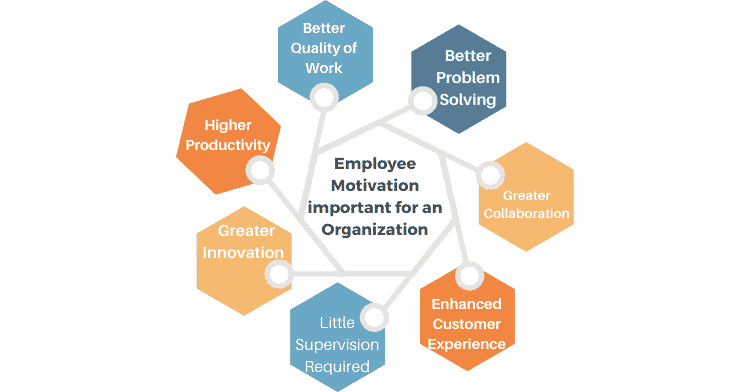
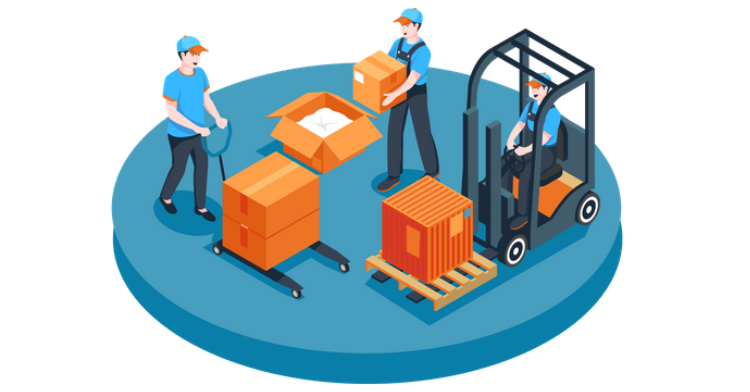
Research has revealed that a high level of motivation can increase employee productivity by at least 12%.
Motivated employees display greater focus and commitment to completing the work assigned to them on time without asking for more resources or extensions of deadlines.

Also, motivated employees are likely to deliver a better quality of output, ensuring there are fewer errors and less need for rework.

Additionally, customer experience is boosted when employees are motivated.
Hence, they will likely be more committed to customers’ needs and willing to go the extra mile to ensure their satisfaction.

Motivated employees will put in their best efforts to overcome internal or external challenges that they might face while completing their work.
They are less likely to offer these challenges as excuses for delays.
They are also more likely to take the initiative to muster all the help and resources required to complete the work.
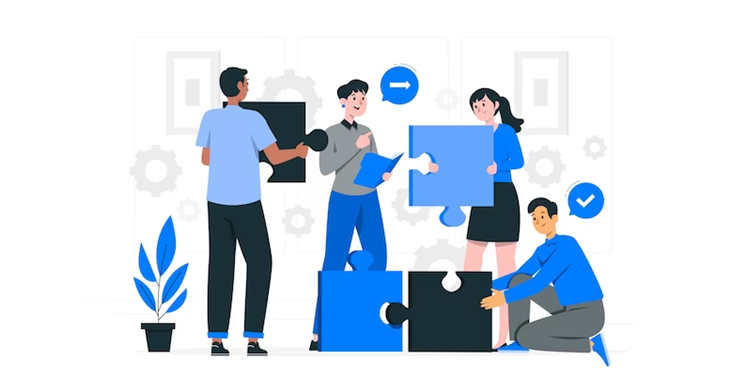
Motivated employees tend to show greater willingness to help their coworkers and offer support and guidance to each other.
They are likely to create a positive and focused work environment, with high levels of coordination and camaraderie between themselves.
Hence, they are more likely to think about the organization’s greater good and overcome challenges together.

Also, motivated employees most often need little or no supervision and can work independently without any follow-up from their supervisors.
Hence, they contact their supervisors or coworkers for help or support.
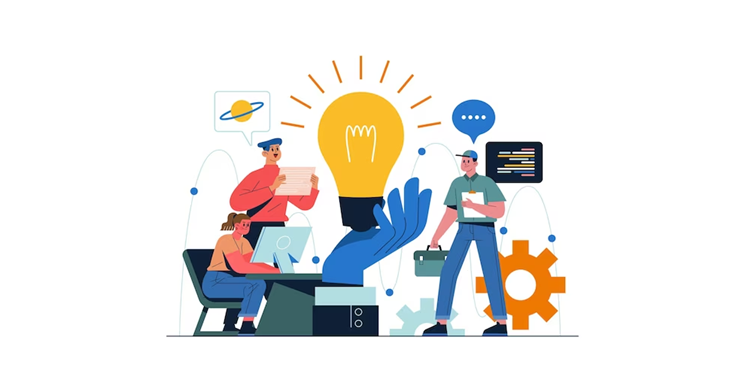
Additionally, motivated employees are likely to come up with innovative solutions for business problems and display more creativity at work.
Hence, they would work towards simplifying business processes and driving continuous improvements at the workplace.
Therefore, they would bring in new ideas from outside to drive improvements at work.
Read: What should organizations do for Employee Motivation?
Timely and appropriate rewards and recognition can help drive employee motivation.
This is how it works:
1. Enhances their Self-esteem
2. Increases Job Satisfaction
3. Enhances Social Value
4. Promotes a Sense of Belonging
5. Provides a Greater Sense of Purpose
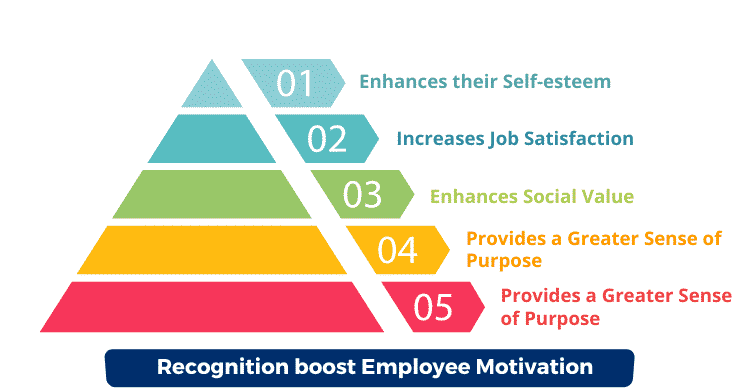
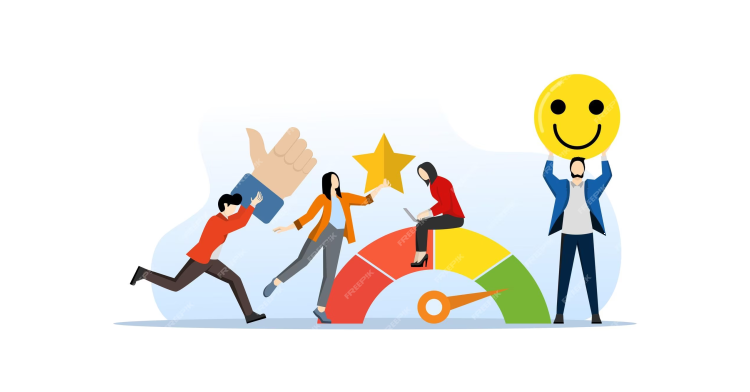
When rewarded and recognized for their hard work, employees feel genuinely valued.
Additionally, it helps in enhancing their sense of self-worth and assures them that their work is making a positive impact on the success of their organization.
Hence, such employees feel motivated and inspired to be a much-valued part of the organization.

According to a research report, 86% of the employees feel happier upon being rewarded and appreciated at work.
Recognition and job satisfaction are strongly correlated.
Employees can understand their work’s significance and impact in the larger scheme.
Therefore, happier and satisfied employees will likely be more motivated and inspired to do more.
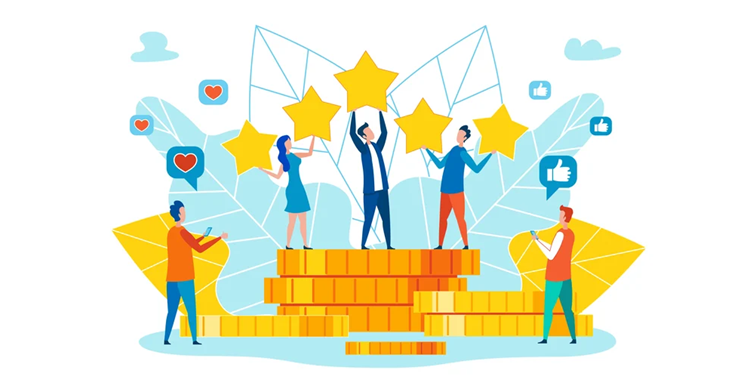
An effective employee rewards and recognition program ensures that employees feel ‘rewarded’ and ‘recognized’ and gain social visibility among coworkers.
Hence, social visibility and respect give a huge boost to the motivation levels of the employee.
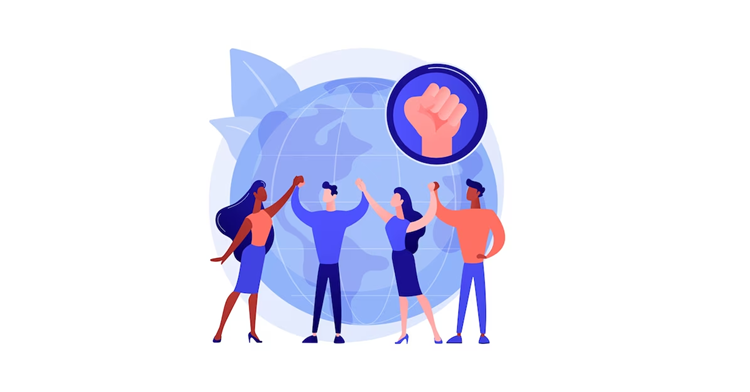
Moreover, employee rewards and recognition are a great way to acknowledge and appreciate the employee’s contribution and to make him/her feel that they are an integral part of the organization and its success.
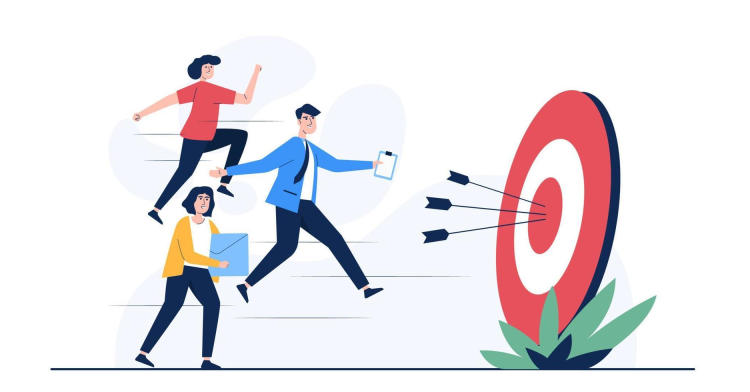
Also, acknowledgment of employee performance and achievements in the form of rewards and recognition gives them a more profound sense of purpose and enhances their engagement levels.
Therefore, recognized employees see a stronger alignment of their work with the overall organization goals, increasing their level of motivation.
Understanding how recognition motivates employees can help organizations design and implement suitable employee rewards and recognition programs that can help drive the motivation levels of their workforce.
Read: A Step-by-Step Guide on How to Set up an Employee Recognition Program

Lead author: Sagar Chaudhuri, the Co-Founder and CEO of HiFives. He is an HR Tech Evangelist with over 25 years of corporate and entrepreneurship experience. In the past, Sagar has worked in leadership roles at companies such as Genpact, Infosys, and ICICI Bank. He has an engineering degree from IIT Kharagpur and an MBA from IIM Lucknow. Connect on LinkedIn
To stay updated on the latest HiFives blogs, follow us on Twitter (@MyHiFives)